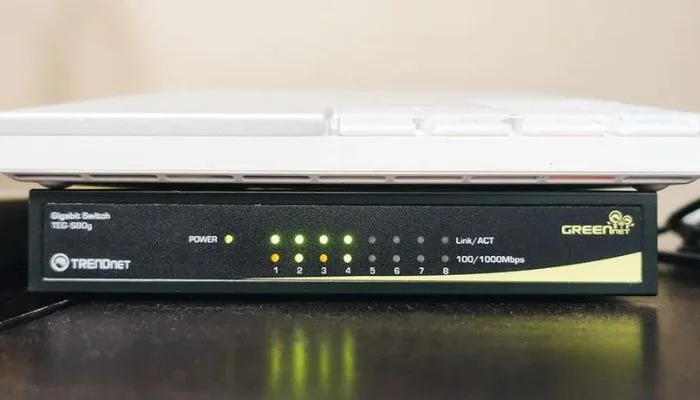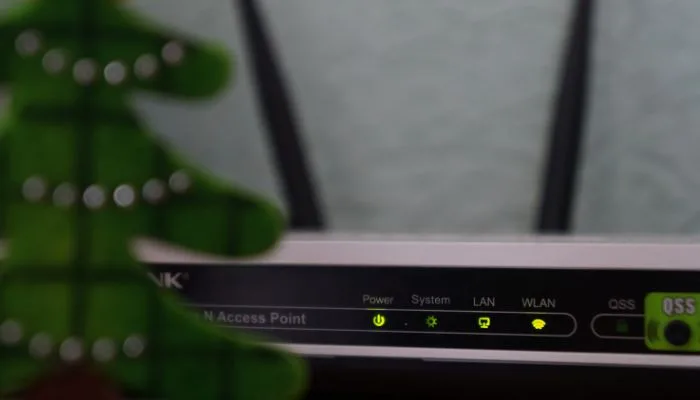Difference Between Switch and Router, Switches are designed to work within a single network and focus on forwarding data within that network. Routers, on the other hand, connect multiple networks and make decisions about where data should be sent based on network addresses.
What is a Switch?

A switch is a device that connects multiple devices within a local area network (LAN). It operates at the data link layer of the OSI model and uses MAC addresses to forward data packets to the correct destination.
Switches are commonly used to create networks in homes, offices, and data centers. They provide a way for devices, such as computers, printers, and servers, to communicate with each other.
What is a Router?

A router, on the other hand, is a device that connects multiple networks together. It operates at the network layer of the OSI model and uses IP addresses to route data packets between networks.
Routers are essential for connecting different networks, such as a home network to the internet or multiple offices within a company. They determine the best path for data packets to reach their destination and can prioritize traffic based on various factors.
Differences Between Switch and Router
Switches are designed to work within a single network and focus on forwarding data within that network. Routers, on the other hand, connect multiple networks and make decisions about where data should be sent based on network addresses. Switches operate at Layer 2, dealing with MAC addresses, while routers work at Layer 3, using IP addresses for routing decisions.
A switch creates a single broadcast domain, meaning it broadcasts data packets to all devices within the same network. A router, however, creates separate broadcast domains for each of its connected networks, effectively segregating traffic.
Switches use MAC (Media Access Control) addresses for addressing devices on a local network, while routers use IP addresses for global addressing and routing between networks.
Switches are designed for high-speed data forwarding within a LAN, making them ideal for local traffic management. Routers, with their ability to connect networks, handle data routing between networks efficiently.
Key Points:
- Function: A switch is primarily used to connect devices within a network, while a router is used to connect multiple networks together.
- Layer of Operation: Switches operate at the data link layer, while routers operate at the network layer.
- Addressing: Switches use MAC addresses to forward data packets, while routers use IP addresses.
- Routing: Routers determine the best path for data packets to reach their destination, whereas switches simply forward packets to the correct device within a network.
- Network Segmentation: Switches allow for network segmentation by creating separate collision domains, while routers enable network segmentation by creating separate broadcast domains.
Similarities Between Switch and Router
While switches and routers have distinct functions, there are some commonalities:
- Both are essential for building and maintaining a network infrastructure.
- They play crucial roles in ensuring data reaches its intended destination.
- They come in various sizes and configurations to suit different network needs.
Use Cases for Switches
Within local area networks (LANs), switches are a popular piece of equipment that are used to link various devices, such as computers, printers, and servers. They make it possible for devices that are part of the same network to communicate in an effective manner.
Use Cases for Routers
In order to connect local area networks (LANs) to wide area networks (WANs), such as the internet, routers are absolutely necessary. They manage the flow of data between the various networks and make certain that the data reaches its intended location.
Choosing Between Switch and Router
The needs of your network will determine whether you would be better served by a switch or a router. A switch is the piece of hardware you require if you want to connect multiple devices to a single network. On the other hand, a router is an absolute must if you need to connect to the internet or manage more than one network at once.
How They Work Together
Switches and routers collaborate effectively in many different types of networks. Switches are responsible for the effective management of local traffic, whereas routers are responsible for the routing of data between networks. This combination assures that there is no disruption to the flow of data either within a network or between networks.
In summary, switches and routers play different roles in a network. Switches connect devices within a network, while routers connect multiple networks together. Switches operate at the data link layer and use MAC addresses, while routers operate at the network layer and use IP addresses. Understanding the differences between switches and routers is crucial for building and maintaining efficient and secure networks.

